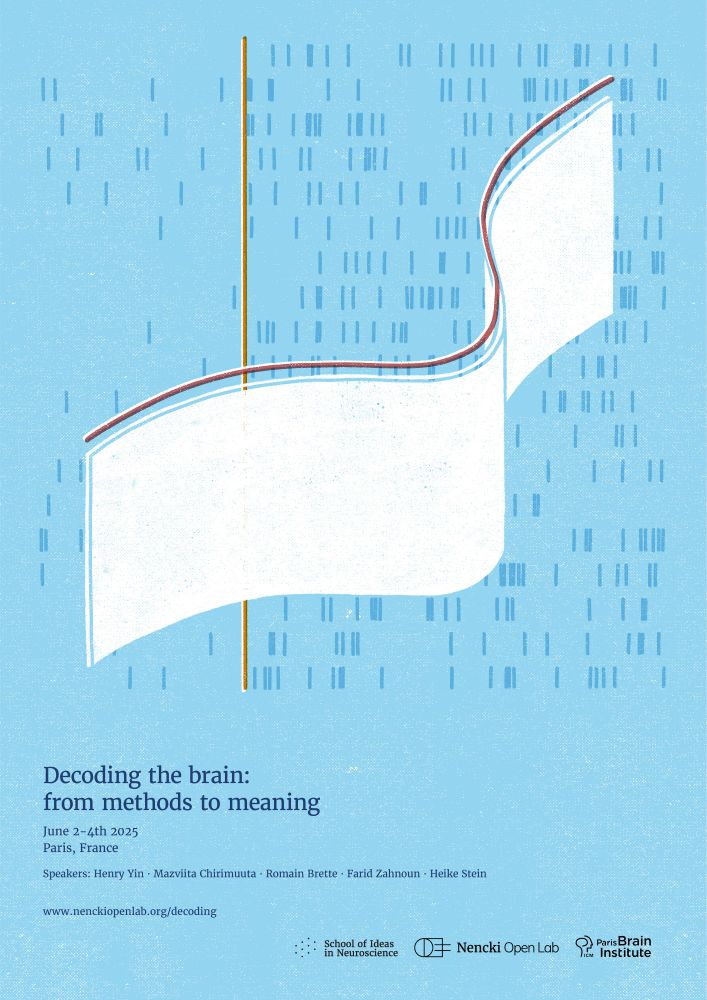Irina Pochinok
@irinapochinok.bsky.social
49 followers
43 following
8 posts
doing stuff, HanganuOpatzLab
Posts
Media
Videos
Starter Packs
Reposted by Irina Pochinok
Reposted by Irina Pochinok







